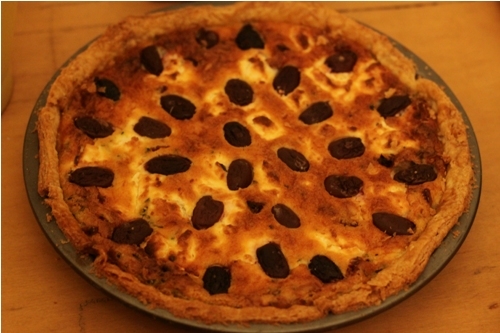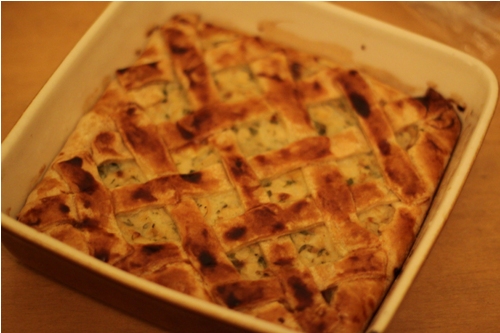Diana Henry's Thai sweet chilli sauce
 Friday, December 28, 2012 at 10:10PM
Friday, December 28, 2012 at 10:10PM 
My sister will be surprised when she sees this. I have always berated her love of the shop-bought stuff. But when I read Diana Henry’s introduction I was intrigued:
“So much better than anything you can buy. It doesn’t have that cloying flavour of commercial bottles, but barks at you with biting, fresh taste.”
This led me to the list of ingredients, which looked very promising. And she is right, it is so much better than the shop bought version. Indeed, it might as well be another sauce.
The recipe is from Salt, Sugar, Smoke: How to Preserve Fruit, Vegetables, Meat and Fish, a lovely book full of recipes, tips and techniques for the home preserver. “I am a home cook” writes Henry, “I don’t have masses of special equipment and I don’t do things on a grand scale.” Her style is approachable and encouraging, showing that preserving isn’t just for “elderly ladies in floral pinnies or country-based downsizers with a vehicle big enough to transport several dead animals.”
I made this first to use up some chillies which my flatmate, Jen, had grown on our kitchen windowsill. I liked it so much I decided to make it for Christmas presents in place of my usual jams or chutneys.
 Vix |
Vix |  4 Comments |
4 Comments | 



